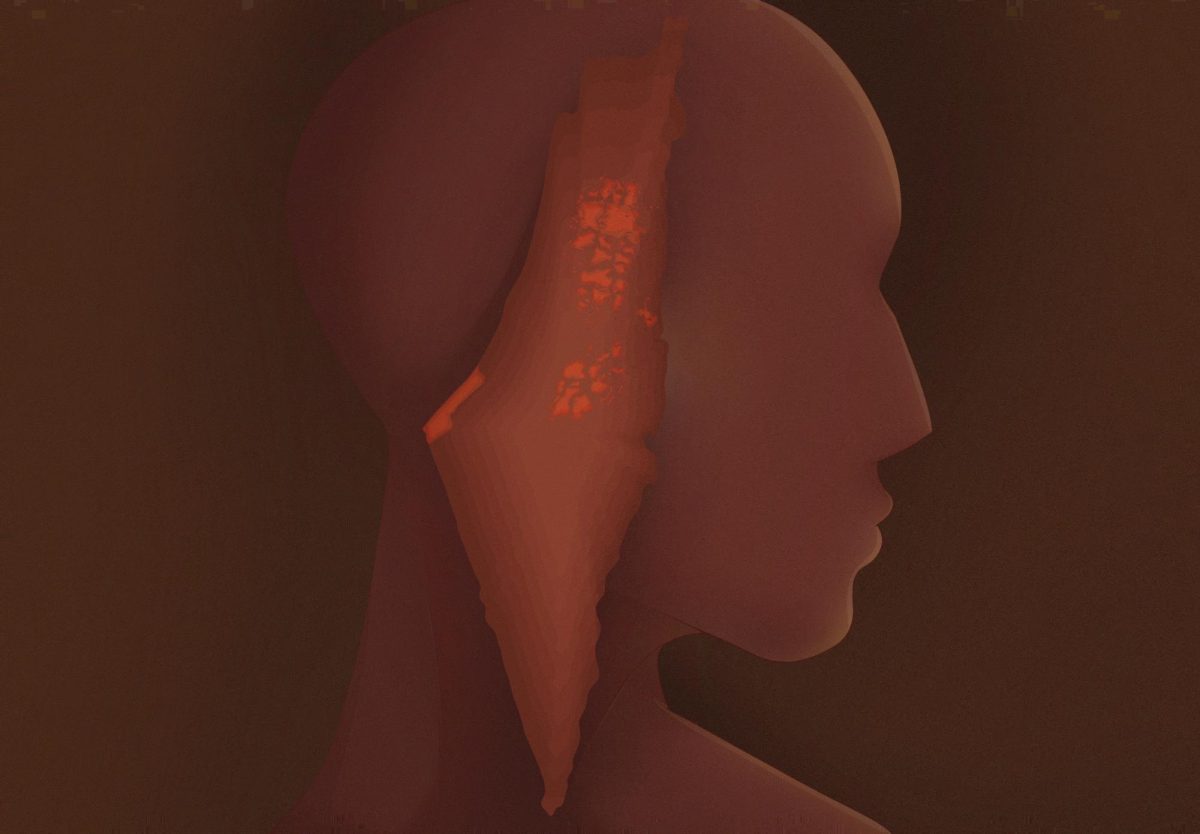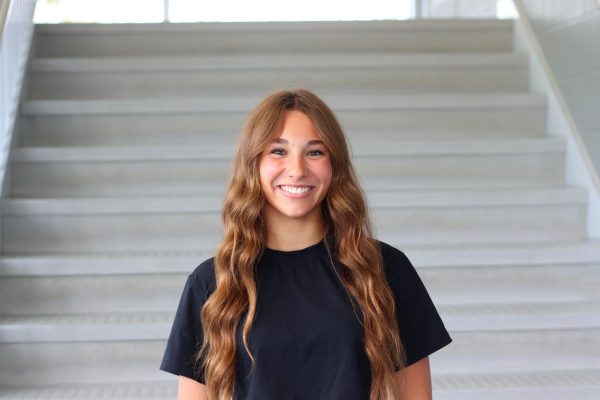As the war between Israel and Hamas moves into its eighteenth week, Metea Valley students and staff are feeling the impact of the conflict closer to home. Since the dispute between both the fully equipped Israel and Hamas arose on the morning of October 7, according to a report by The Associated Press, over 25,000 Palestinians had been killed in the war as a result of a military campaign created in despair by Israel. More than 1,400 Israelis had been killed as of January 22.
The President of the Muslim Student Association, Sameer Pirzada has been using club meetings to bring awareness to the conflict.
“Within our club, we’ve definitely been talking about the conflict that’s happening down in the Middle East,” Pirzada said. “It’s something that’s affected different people, especially in our club since we are such a broad and diverse association.”
In the classroom, AP European History and AP American Government teacher Susan Fuhrer has taken it upon herself to educate both herself and students in her classes and clubs over this conflict. She feels that Metea does a great job at addressing and talking about these hard topics that go on worldwide.
“What we are trying to do is understand and go back to history. We’re seeing that history repeats itself and as a history teacher, that’s where I think it’s really important to educate students,” Fuhrer said.
As this can be an upsetting time for some students, Pirzada brings about a new way to view the situation from a student’s point of view. “Obviously when we see some of the things happening across the world we can get upset, but we can also think about the things that we can learn from it,” Pirzada said. “And that’s what we’re doing as a club, we are trying to learn from this conflict and see what we can do to possibly make a change, especially as students.”
Students involved with MSA utilize different healthy and positive coping mechanisms during this stressful time. One includes praying, an activity that was implemented into their last meeting. “Obviously since most people in our club are Muslim, we have that siding with the Palestinians,“ Pirzada said. “Last meeting we prayed for those who are affected by tension and the rising war in the Israel and Palestine conflict.”
In 1947, the United Nations divided the British Mandate of Palestine into both a Jewish and Arab state. While this promoted creating a Jewish-dominant state with areas of Arab majority, 1948 signified the first Arab-Israeli War, ending in 1949 with an Israeli victory. This displaced 750,000 Palestinians, consequently dividing the territory into 3 parts: the State of Israel, the West Bank (of the Jordan River), and the Gaza Strip.
Cycles of conflict as well as attempts of peace have continued in the 75 years since this division. In 1979, representatives from Egypt and Israel signed the peace treaty that signified the end of the thirty-year conflict between Egypt and Israel, known as the Camp David Accords.
While this improved Israel’s connections with opposing states, Palestinians residing in both the West Bank and Gaza Strip fought against the Israeli government, leading to the 1993 Oslo I Accords to permit Palestinians to govern the West Bank and Gaza. The agreement was further implemented in 1995 through the Oslo II Accords which ended Israel’s occupation of 6 cities and 450 towns in the West Bank.
In response to the second intifada commenced by the Palestinians in 2002, the Israeli government constructed a barricade wall surrounding the West Bank. Soon after in 2006, Hamas, the Islamic Resistance Movement, won the Palestinian Authority’s parliamentary elections. This enabled the control over the Gaza Strip, a small section of land near the Mediterranean Sea.
Fuhrer is also an adviser of Citizens of Metea, a non-partisan political action club, and she assisted in guiding a discussion over the Israeli-Palestinian Conflict. Over 50 students attended the discussion, and she found that it was a great opportunity for students to share their opinions and beliefs.
For Fuhrer, students need to understand the larger context behind the current conflict. “The discussion was definitely tense between the individuals who supported Israel and those who supported Palestine,” Fuhrer said. “Despite the tension, it was a great occasion to open up dialogue as we had a Jewish student talking to someone that was from Jordan. I saw them communicating and asking questions which was positive. There were also a good number of students that didn’t talk but just wanted to listen.”
While Metea students have largely addressed the ongoing conflict peacefully, events in the community have turned violent. Just weeks after Israel declared war on Hamas, Joseph Czuba was accused of killing a 6-year-old boy, Wadea Al-Fayoume, and injuring the boy’s 32-year-old mother, Hanaan Shahin in a stabbing attack. As the attack unfolded after an argument on the Israel and Palestine conflict, it soon became physical due to the family’s Islamic faith. Despite the disagreements, the fight ended in a deadly hate crime by Czuba, their landlord.
Fuhrer believes being informed is crucial for maintaining an accurate perception over the foreign dispute.
“We’re in the age of so much media and so much information, and especially with media biases that play a huge role in this war and the information that we’re getting from this war,” Fuhrer said. “For example, you see news outlets from America giving certain facts and you see new news outlets out in the Middle East like Al Jazeera, giving certain facts.”
Freshman Adelle Sumner too believes in being informed. While advocating for the war is extremely important to her, finding reliable, truthful sources is equally important. “Both articles and videos are clearly biased so finding the middle ground helps students stay both informed and aware of what’s going on around them.”
Fuhrer hopes to teach students, especially in this school year, is to better understand the difference between reliable, truthful sources and untruthful information published in the media: a prevalent and influential factor of the Gen Z generation.
“I think that’s the biggest thing our student body can learn from this event is that there’s so many different sources of information, ” Fuhrer said. “You have to take that extra step to realize where it’s coming from, really ingest it, and see what’s true or what’s wrong.”
Originally published in Volume 15 Issue 4.






